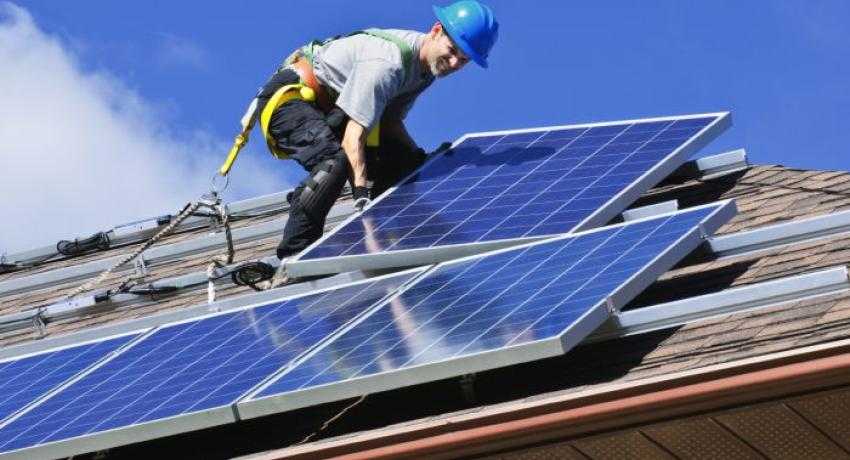U.S. Solar Industry Still Breaking Records
 The United States solar industry is on track to again break annual solar installation records, according to a report released last week by the Solar Energy Industries Association and GTM Research.
The United States solar industry is on track to again break annual solar installation records, according to a report released last week by the Solar Energy Industries Association and GTM Research.
The U.S. share of global solar installations is expected to climb from 5 percent to 13 percent by the end of 2013. The industry installed a record 832 megawatts in the second quarter of this year alone.
While the overall numbers indicate continuing bullish growth in the market, the executive summary of the report cautions that there are some areas that slowed during the second quarter of this year and some policy issues that could dampen growth temporarily in certain markets.
While the news isn’t all sunshiny, it’s overwhelmingly positive and the U.S. is on track to meet some major milestones this year, according to the report.
For example, by the end of 2013, SEIA estimates there will be more than 100,000 individual solar systems installed in the U.S. Cumulative installed solar photovoltaic systems are expected to surpass 10 gigawatts and there will be a new solar array installed every four minutes in this country.
“America’s solar energy industry remains on course to have another record-shattering year,” SEIA CEO Rhone Resch said. "Today, there’s more than 9,370 megawatts (MW) of total solar electric capacity across the U.S. – enough to power more than 1.5 million American homes, including the White House. We’re helping to create new jobs, grow the U.S. economy, strengthen our nation’s long-term energy security and fight climate change. That’s a win-win in anyone’s book.”
While the report indicates that the industry is thriving, there were unfortunately some dark spots. Residential installations were flat and commercial installations were down 11 percent. Utility-scale solar was the big performer during the second quarter of this year.
The report notes, however, that the second quarter is typically a “lumpy” one for commercial solar installations, which generally rebounds with gusto during the second half of the year.
Unfortunately, residential solar installations will face some interesting challenges as groups in various states negotiate net metering laws and practices, according to the report’s executive summary. Net metering allows customers to collect retail rate credit for power they feed back onto the grid. Utility companies in several states are arguing that they should allowed to make smaller payments for that electricity, which would undermine solar industry growth in those areas.
Also, utility-scale solar installations have dominated growth, but the report indicates that new project procurement is slowing.
“In spite of these potential risks, we remain bullish on the near-term prospects of the U.S. solar market,” the report reads. “Our forecast calls for solar installation levels to continue to grow across market segments and most states through 2016, ultimately rising above 9 gigawatts in annual installations and over 1 million cumulative installations.”




